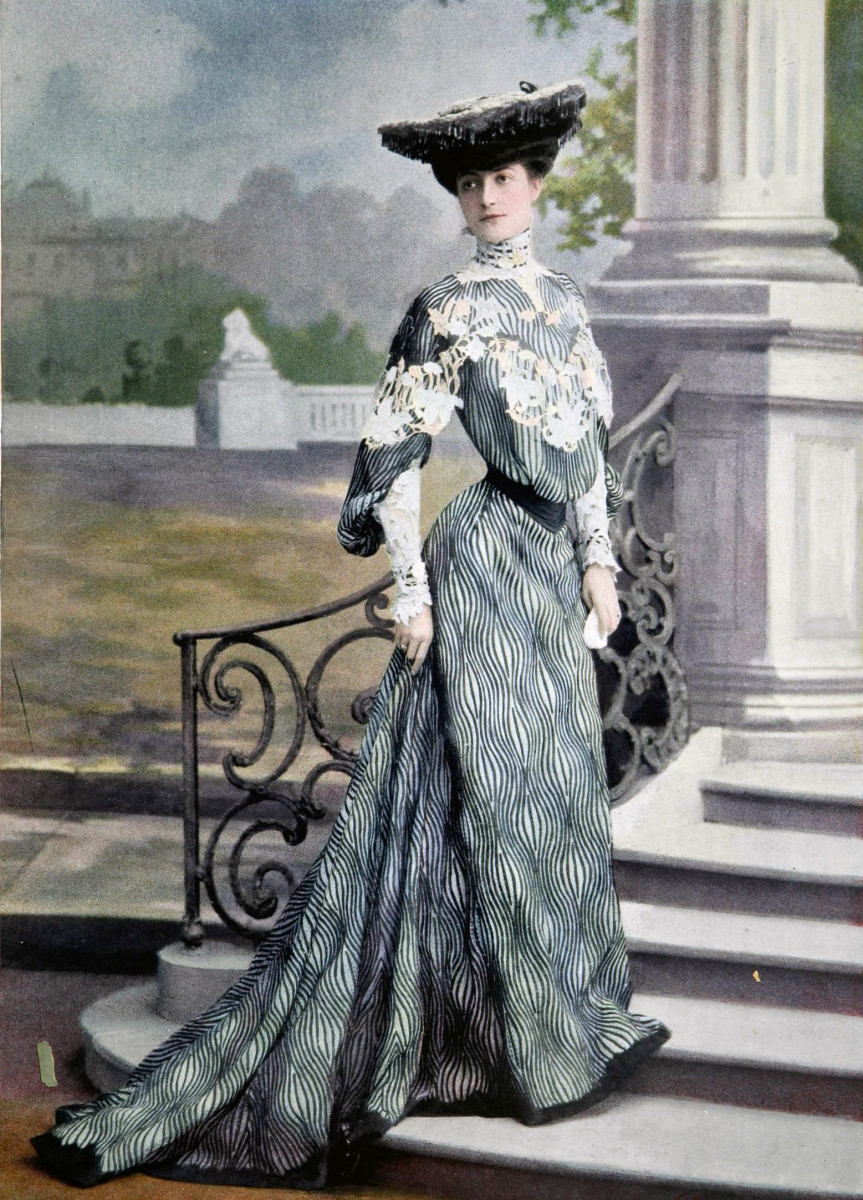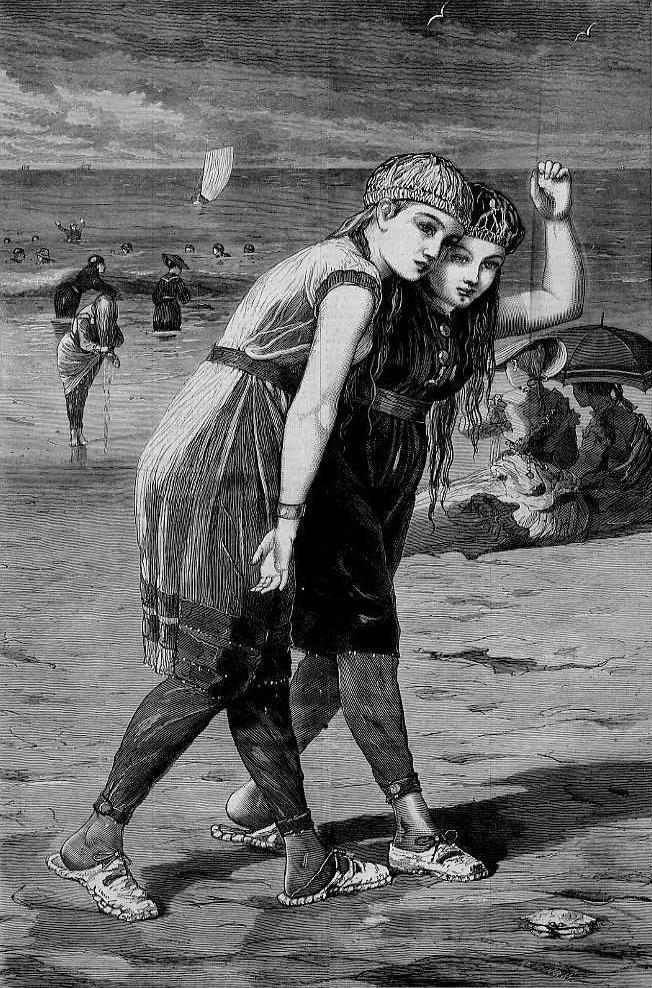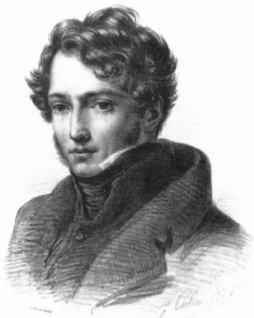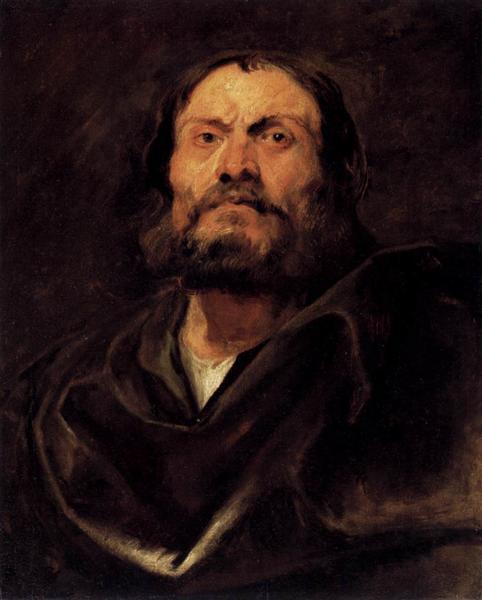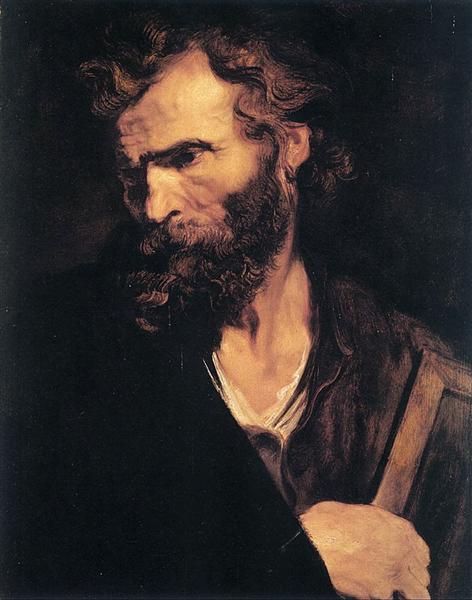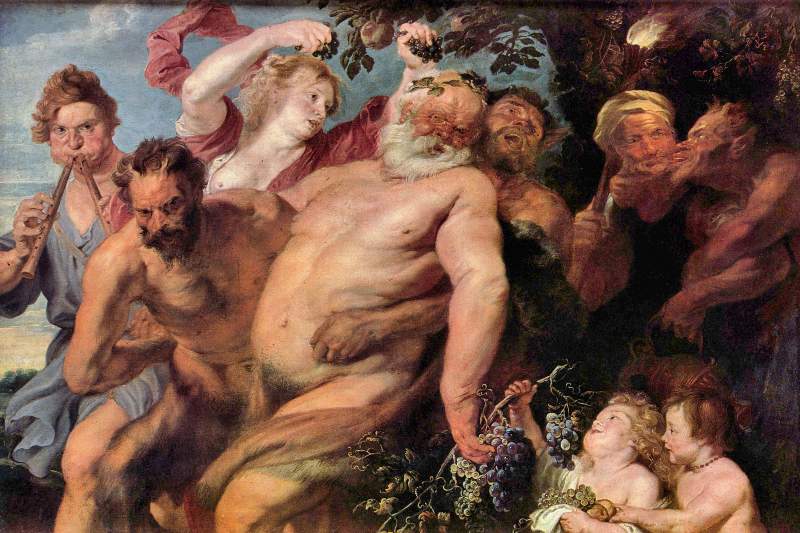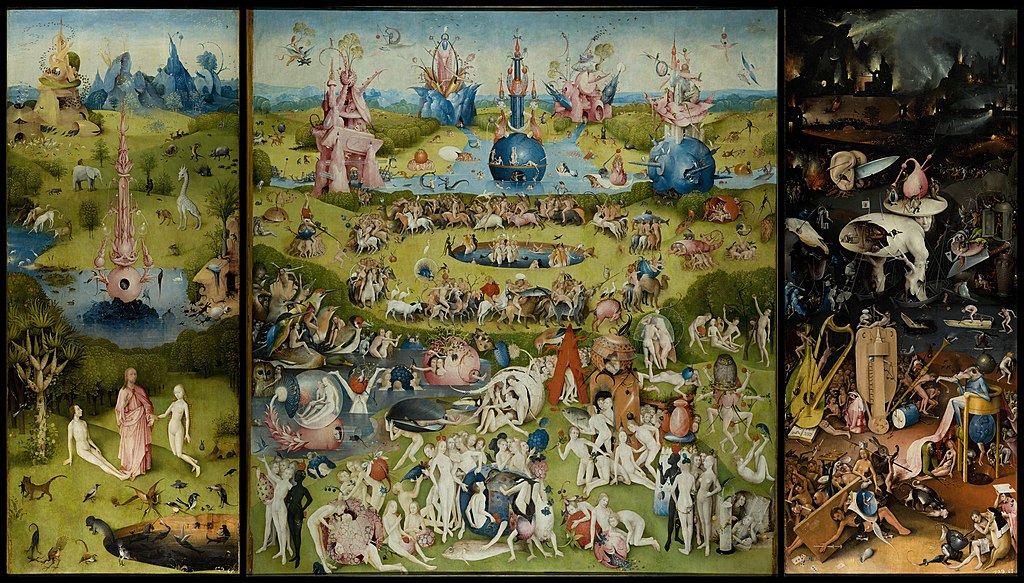Odilon Redon
Impressionism & Post Impressionism
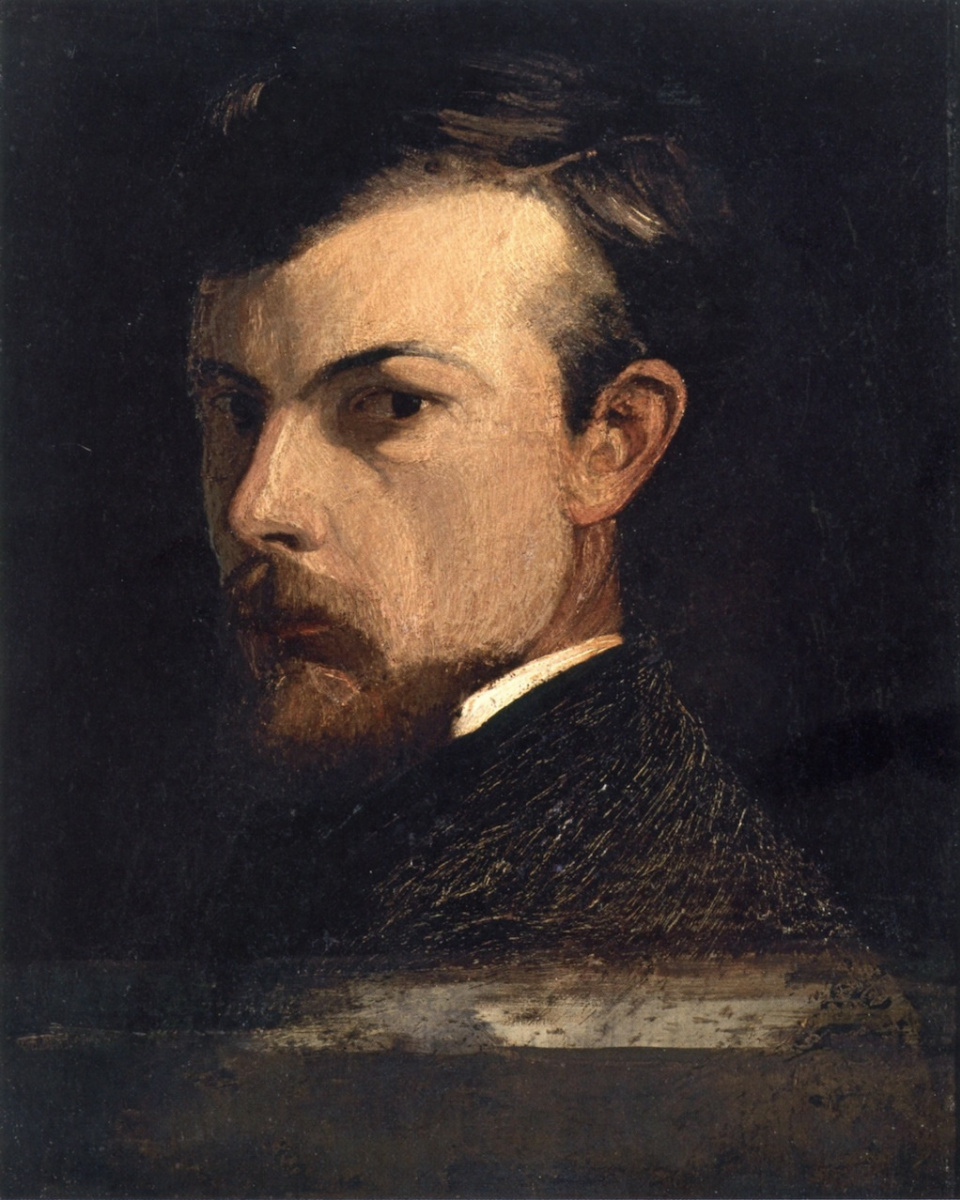
Odilon Redon, born on the 20th of April in 1840, was a french artist categorized under the impressionist movement. Redon being categorized as an impressionist painter is an important distinction to make . While Redon’s work appears to be highly connected to the movement, Redon made publicly denounced both realism and impressionism, and thus defies clear categorization.
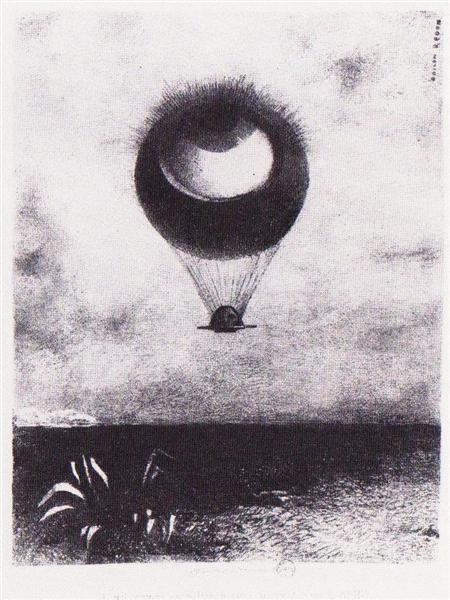
His work was not only associated with the impressionist movement but also the symbolist movement, of which he was closely associated with. Poetry, was also a great influence for Redon, including his friendship with the poet Stéphane Mallarmé. Edgar Allan Poe stands out in particular, as Redon used his work as inspiration for many of his works, and even dedicated a series of prints in his honour. However Redon takes yet another another unexpected approach when sourcing poems as inspiration, expressing a deeper understanding and appreciation of the poem. Rather than illustrate the events of the poem, his works reflect the inner torment and anguish of the poet.
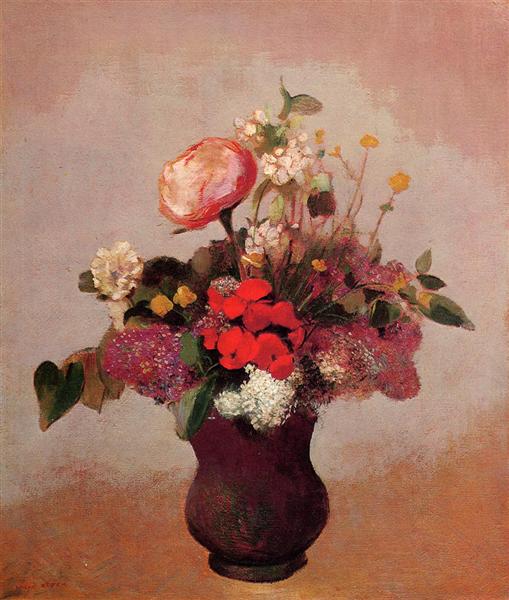
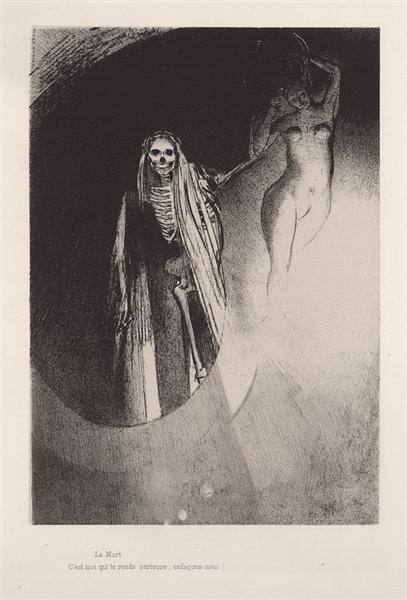
Oils, pastels, and prints (in which he mainly used Lithography learned from the master Henri Fantin-Latour) were Redon’s main media. Interestingly enough, his prints and his pastels have a very clear division, almost as if painted by two different painters on divergent courses.
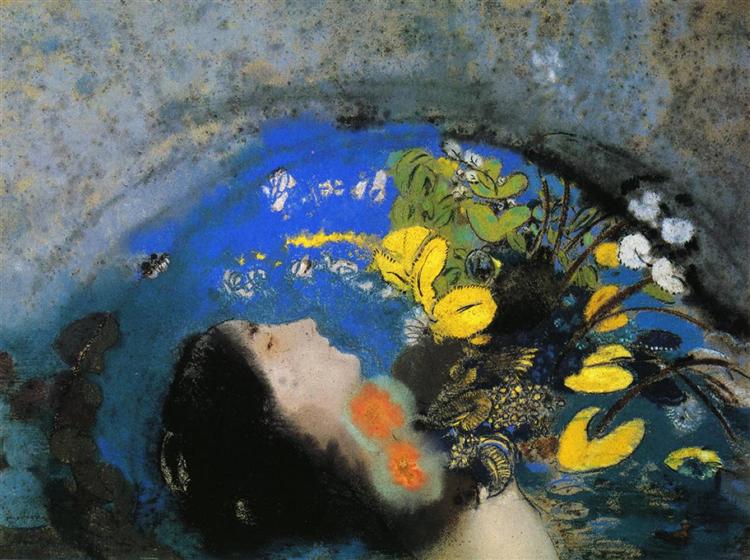
His pastels and oils show a more traditional approach to art, though he is differentiated from others through his masterful application of colour. His skill with colour was even renowned by Henri Matisse who was likewise considered a great colourist. However, even in his most tame of works he still defies convention. Redon greatly believed in the power of imagination over that of observation, and such is shown in his work, which do not necessarily adhere to reality.He painted a variety of subjects, but still lives of flowers appear to be a favourite of his, as they are most prominently featured in his oil and pastel works
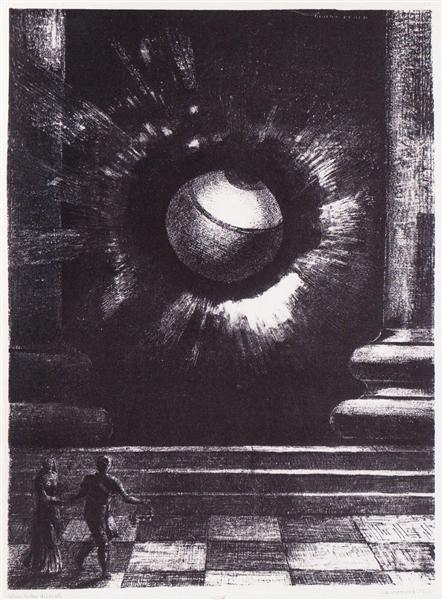
As for his prints, I can think of no better summary than “a synthesis of nightmares and dreams“ as quoted by a critic reviewing his word, especially in regards to the print displayed above. His prints explored a much more macabre and haunting themes (which was not expressed in his oils and pastels). Interestingly enough his work would seem to appear joined with the surrealist and dadaist movements, his works were completed years before the first remanists of either movements would begin. It is difficult to pinpoint the intentions of this work as Redon himself stated “My drawings inspire, and are not to be defined. They place us, as does music, in the ambiguous realm of the undetermined.”
I wasn’t sure what to think when I first saw Redon’s work but now I find the more I look at it, the more appealing it becomes. Redon has an immense artistic range, his black and white lithography prints look like they were completed by an entirely different person when compared to his oils and pastels. I greatly admire his flexibility when it came to his work, and find that I cannot decide which style I actually prefer. I love his unexpected use of colour in his oils and pastels, and the mood which he creates in his prints. In all, I didn’t expect to like his works so immensely.
Sources
* “Odilon Rendon.” Britannica, Encyclopedia Britannica, www.britannica.com/
biography/Odilon-Redon. Accessed 26 Oct. 2018. * Redon, Odilon, and Raphaël Bouvier (2014). Odilon Redon. p. 2.
* Goldwater, Robert; Treves, Marco (1945). Artists on Art. Pantheon. ISBN 0-394-70900-4.
Source of Photos (In order from beginning to end)
* https://www.google.ca/urlsa=i&source=images&cd=&ved=2ahUKEwiG5or8oKXeAhU9CjQIHYyxC0Qjxx6BAgBEAI&url=https%3A%2F%2Fcuriator.com%2Fart%2Fodilonredon%2Fselfportrait&psig=AOvVaw27LZAMDldqkP55uJAypkkP&ust=1540682838581671
* https://www.wikiart.org/en/odilon-redon/the-eye-like-a-strange-balloon-goes-to-infinity-1882
* https://www.wikiart.org/en/odilon-redon/flowers-in-aa-brown-vase
* https://www.wikiart.org/en/odilon-redon/death-it-is-i-who-makes-you-serious-let-us-embrace-each-other-plate-20-1896
* https://www.wikiart.org/en/odilon-redon/ophelia
* https://www.wikiart.org/en/odilon-redon/vision-1879



